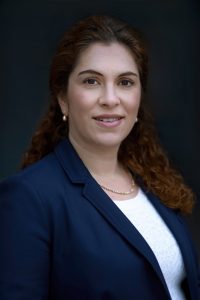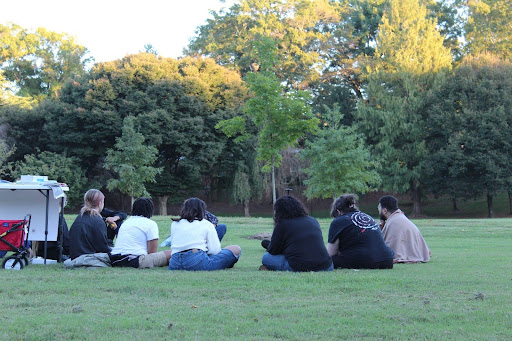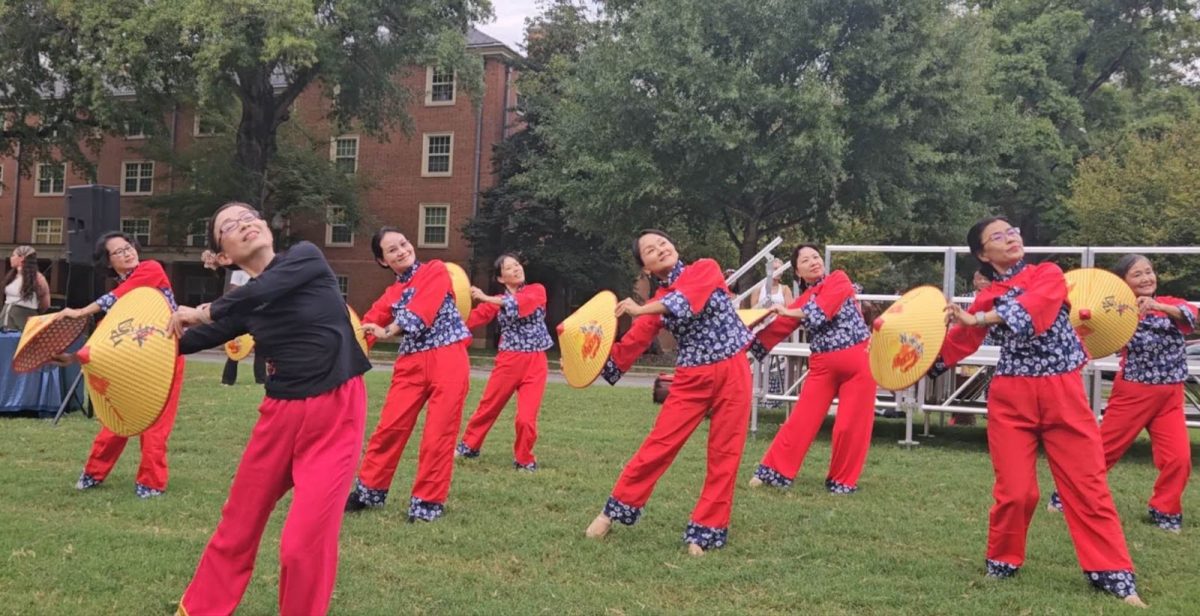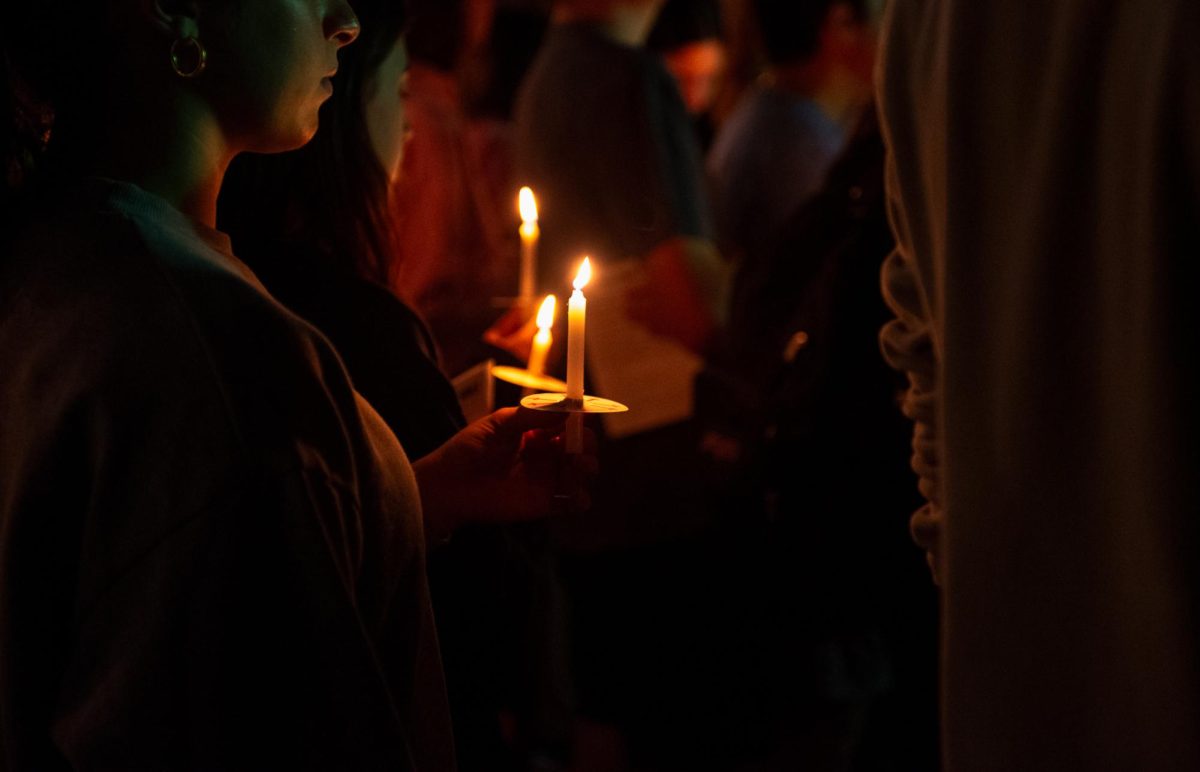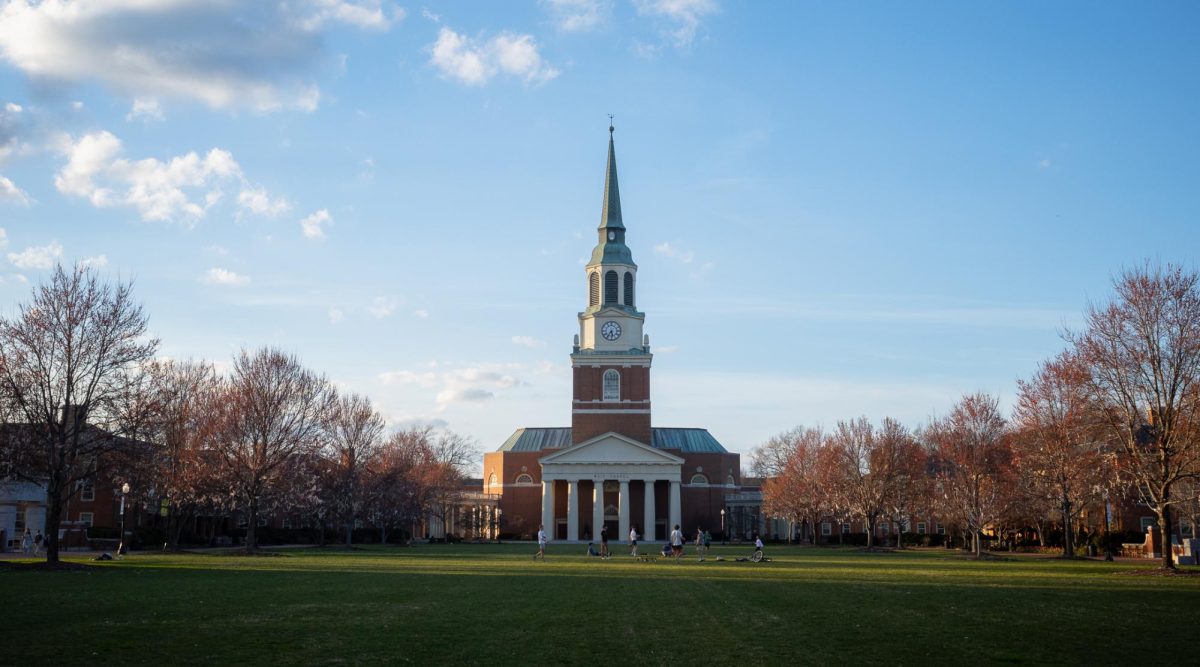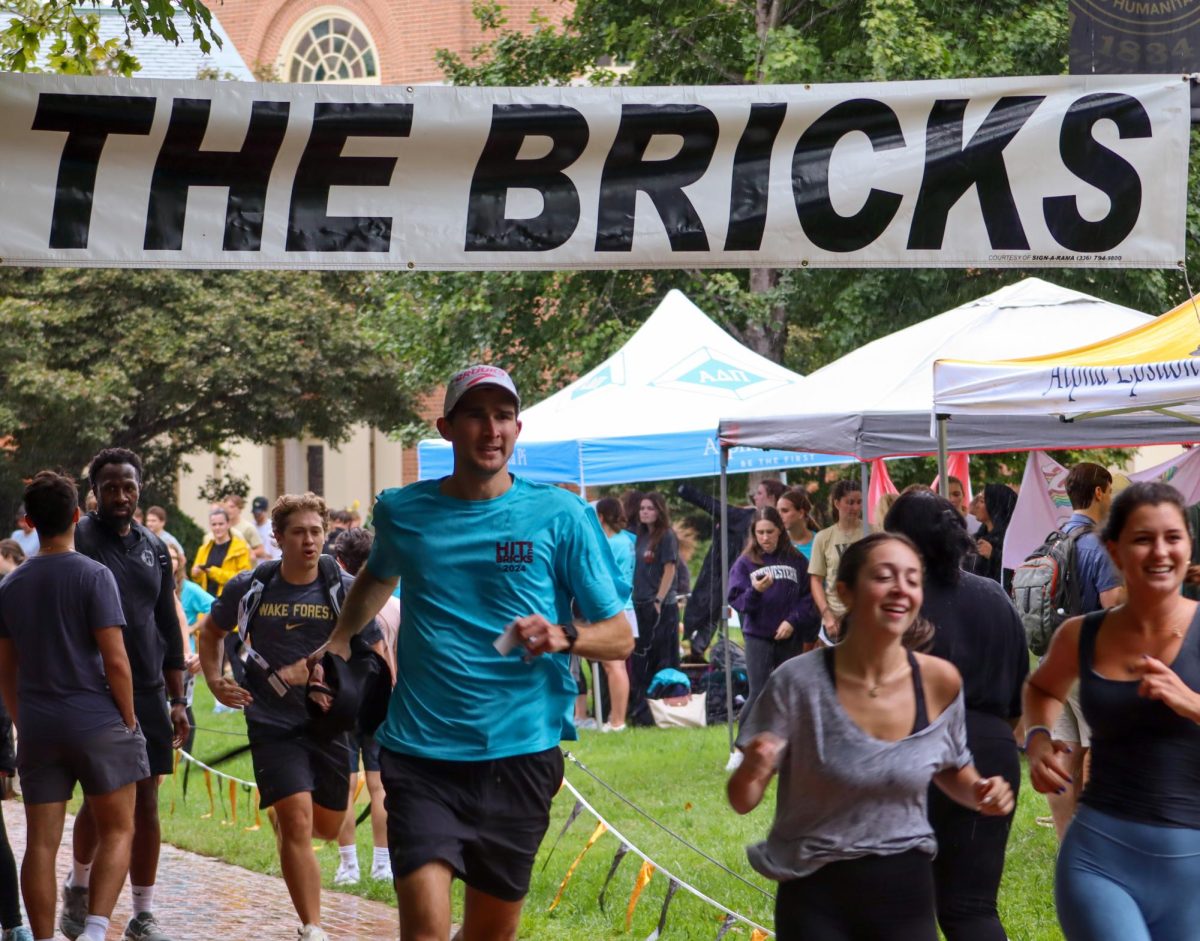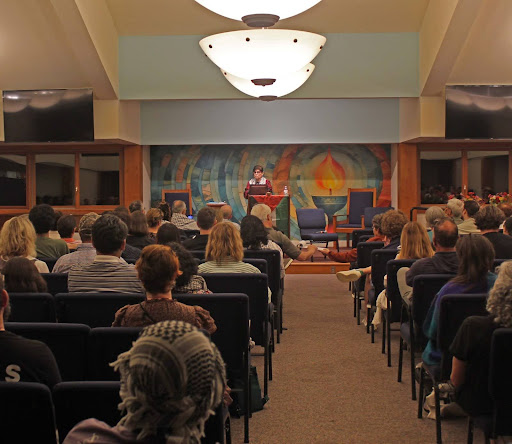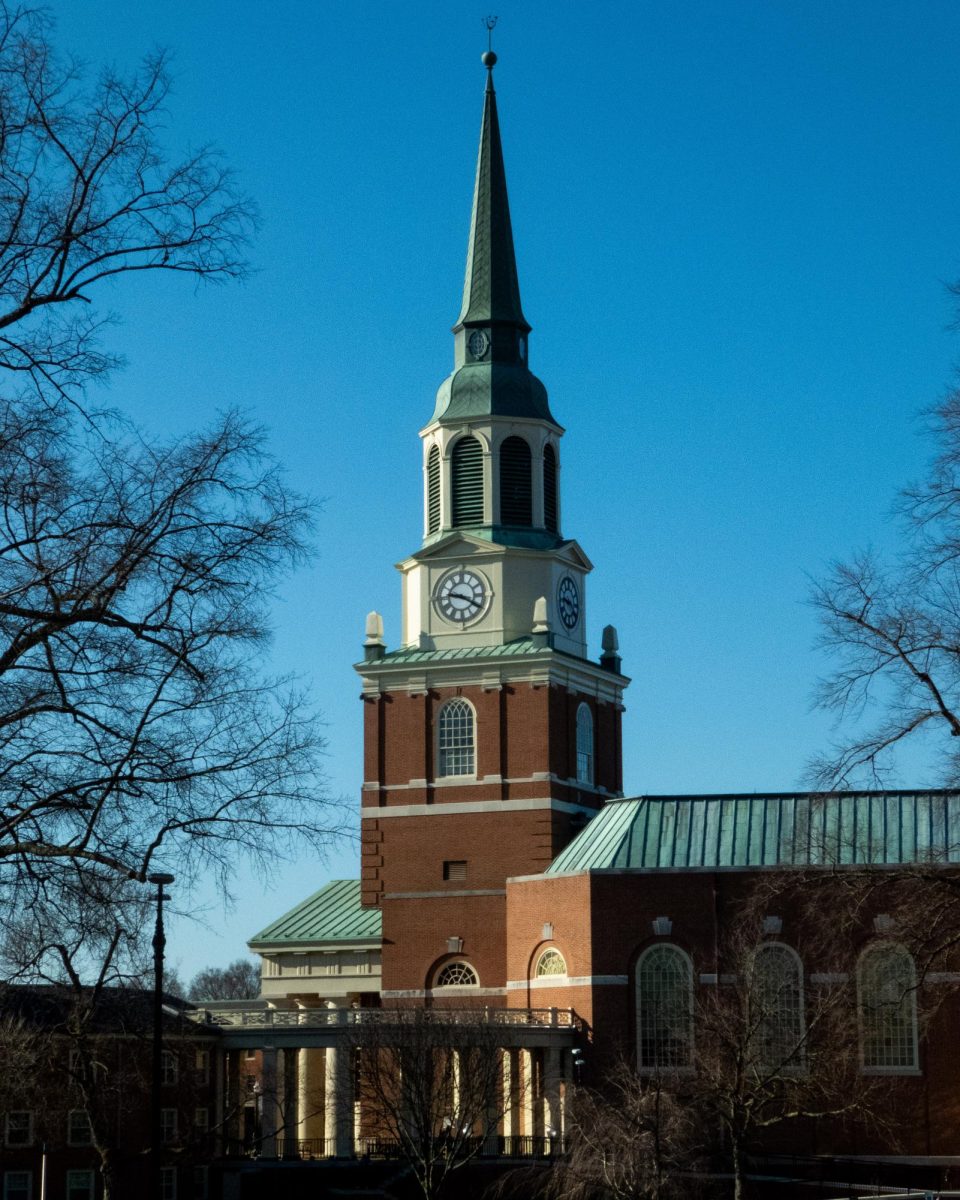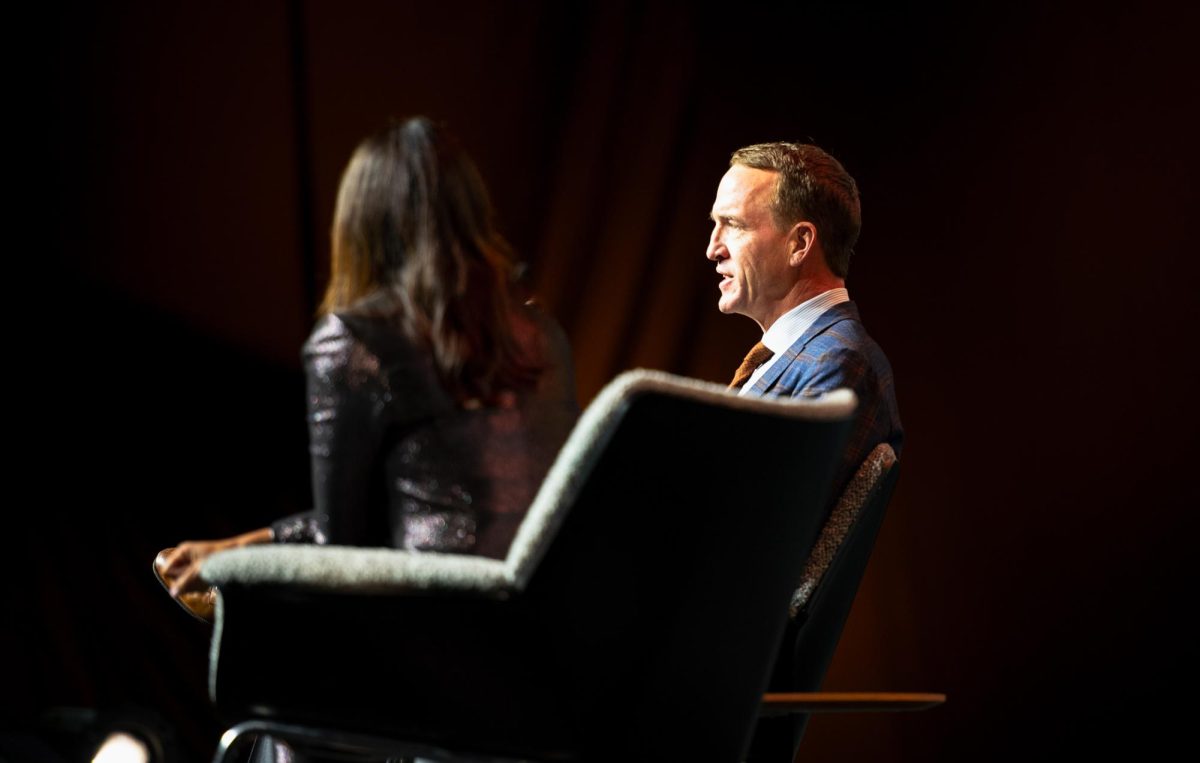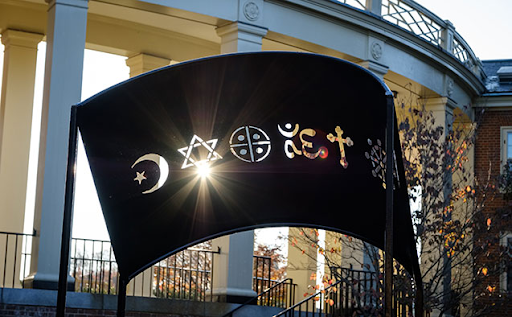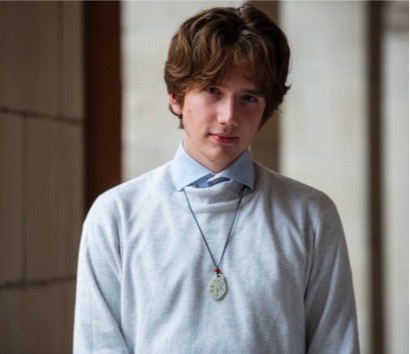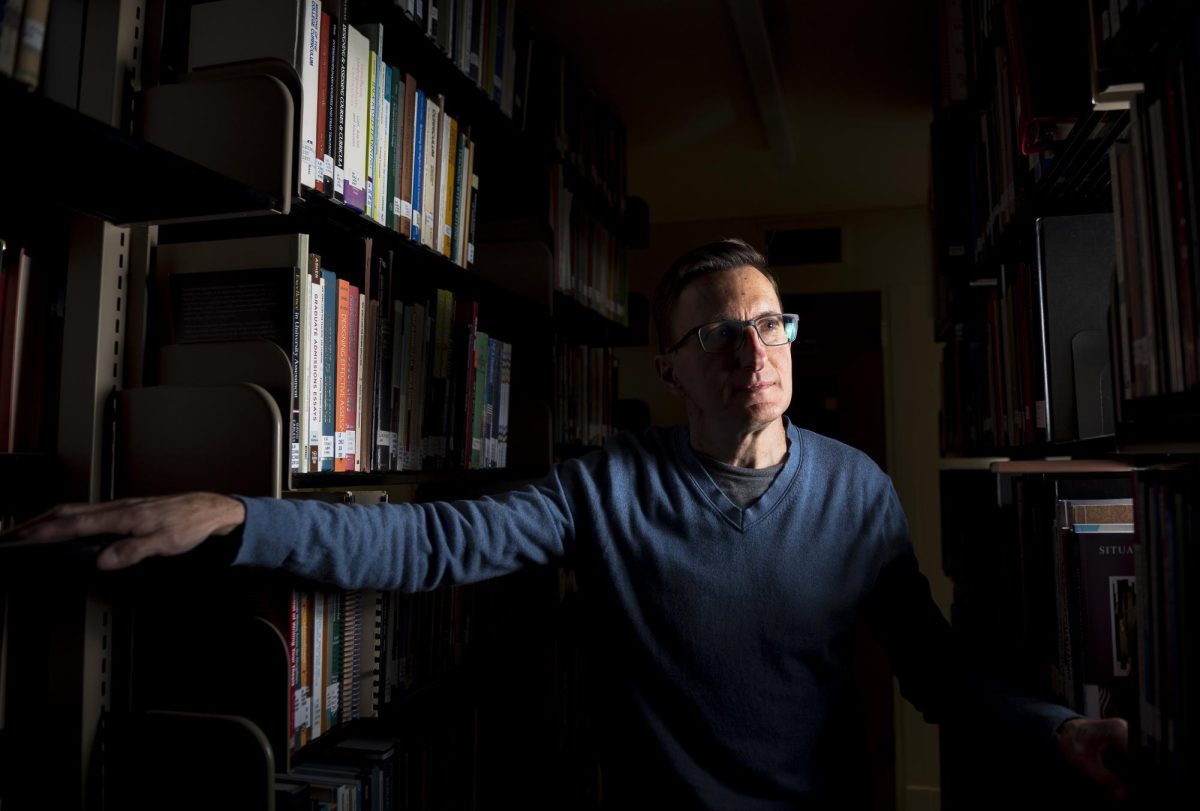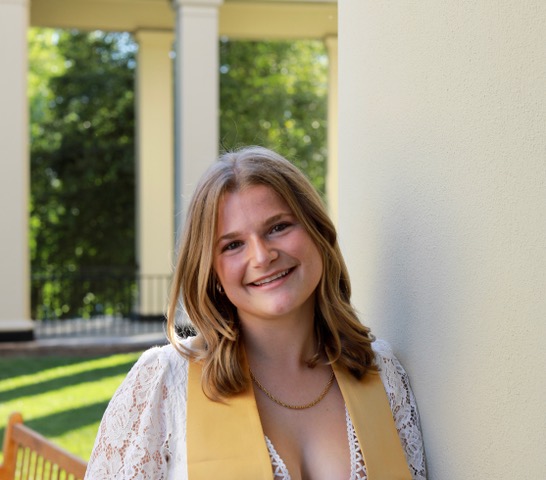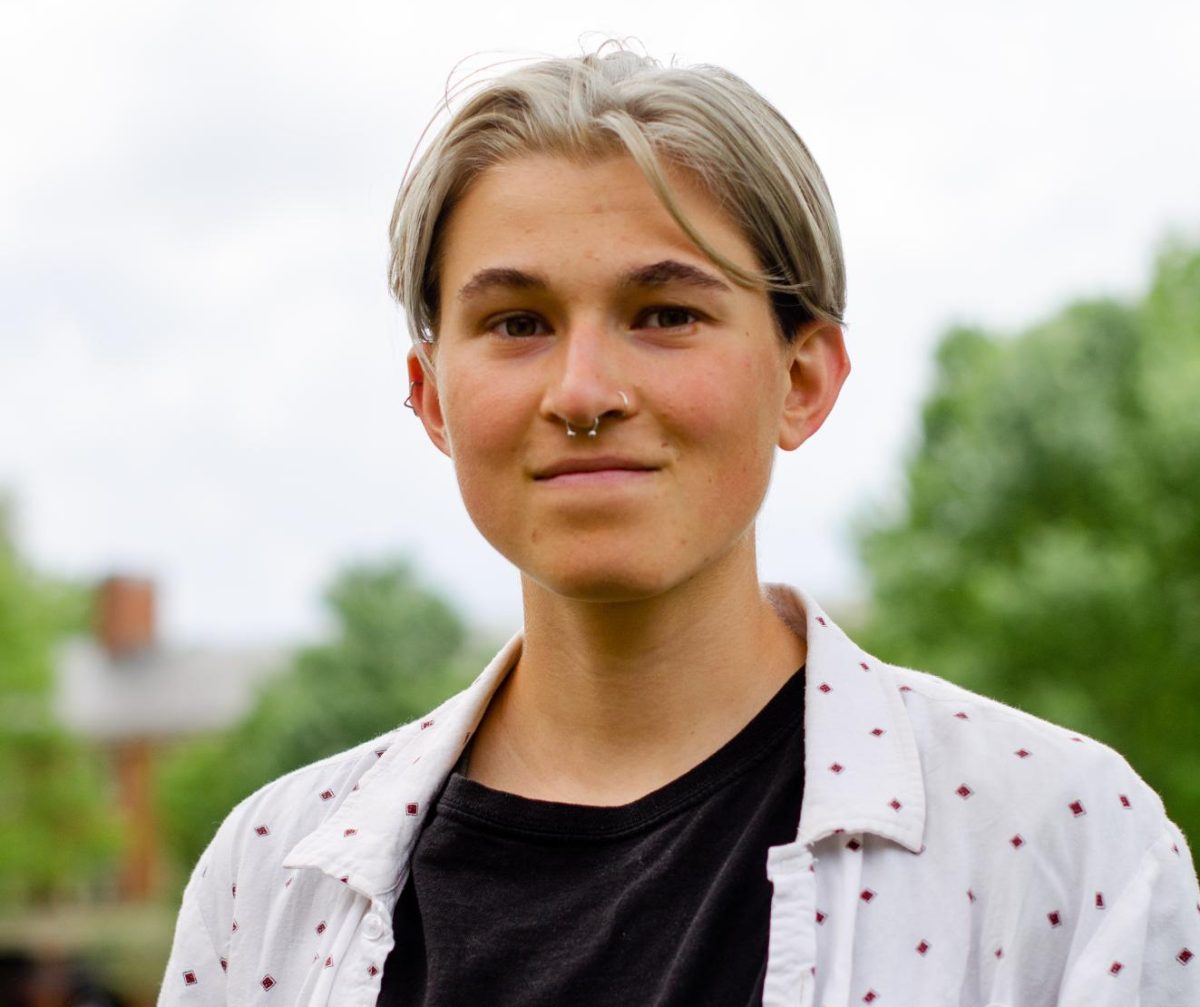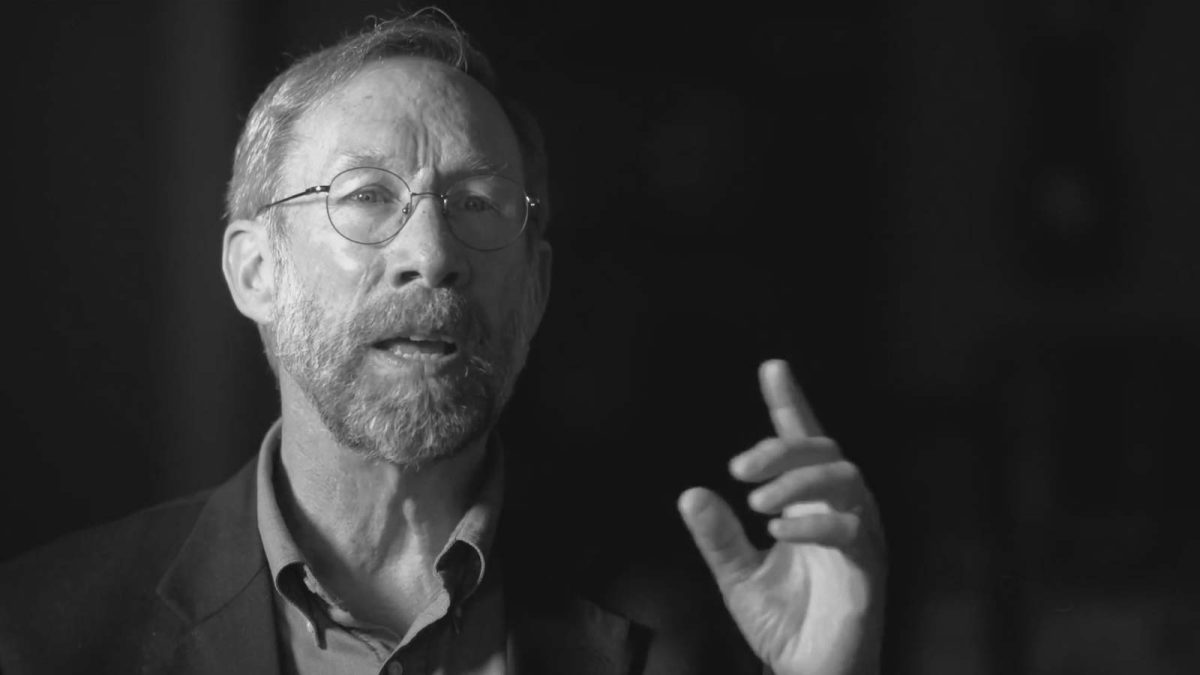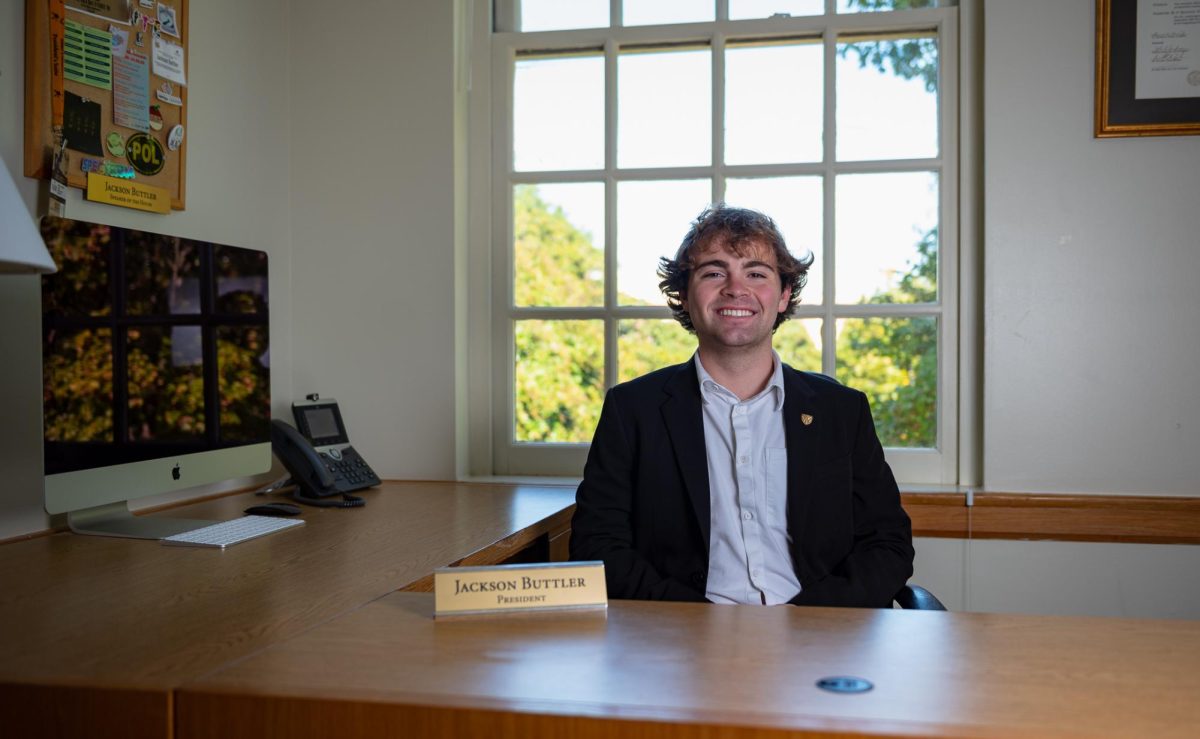In January 2017, Dr. Olga Pierrakos was appointed as the founding chair of the department of engineering and she began her job this summer.
Wake Forest’s department of engineering began offering classes this fall at Wake Downtown.
Previously, Pierrakos served as a founding faculty member of the department of engineering at James Madison University (JMU) and program director in the division of undergraduate education for the National Science Foundation (NSF) overseeing investments in undergraduate STEM education.
What do you hope to accomplish in your first year here? What about in five years?
My hope is that we survive. Launching a new program is like starting a new company. My hope is that by the first year, we will put in place a culture that represents who we want to be — one that is very welcoming, inclusive, collaborative, open, transparent and continuously improving. I’m trying to achieve that with the faculty in every layer of what we do — whether it’s teaching a course, building the curriculum, designing our spaces or collaborating with external partners. If we lay a good foundation, I believe it’s going to sustain us long-term. I also want us to be nationally known, as a top quality undergraduate engineering program that innovated quickly and is known for producing the best liberal-arts-educated engineers.
What is it like being the founding chair of the engineering department? Do you feel like there’s a lot of pressure?
It’s exciting and scary at the same time, but mostly exciting. It’s my second time being a founding person of an engineering department, but this is the first time I am the chair of it. I learned so much of what to do and what not to do. It might sound weird, but I know what we need to do with a lot of learning along the way too. It’s just exciting to think about how we will achieve it.
How will you ensure that the engineering program fits into the liberal arts philosophy of Wake Forest?
Engineering is not always tied to the liberal arts. In fact, some see very strong conflicts. I don’t see a conflict there at all. I see opportunity to educate and produce the best kind of engineer that our society truly needs: an engineer that’s grounded in strong values, strong ethics, strong professional skills, with a breadth of understanding and knowledge, an ability to embrace diverse opinions and a willingness to seek the knowledge to face real-world challenge they will face. This is not at the cost of a strong technical education. It’s a new breed of engineers.
You were also a founding faculty member of the department of engineering at JMU and worked in STEM undergraduate education for the NSF. What did you learn at these jobs that will be useful to your job here?
I learned not to overlook the importance of culture. We can try to innovate in the classroom, innovate in the lab, innovate in how we educate students, but if we do that out of the context of looking at culture, then we’ve missed the boat.
It’s fundamental in a new organization that we put in place a shared vision and a shared culture, that represents collaboration, inclusion, equity, openness, adaptability, and transparency. This will enable us to become the educators that will help produce professionals that our society needs. If we say we want to produce an engineering cohort that looks like our society, we have to change the culture to allow for the product to look the way that we expect. Engineering is not like our society in terms of diversity. If we want diversity, then we must change engineering education and its culture.
NSF was an amazing experience that transformed my thinking to better understand the landscape of students we serve, learn innovative ways to transform education, and how we must push the boundaries of knowledge to have broader impacts. At NSF, I was in a division that had a really good culture and that was a wonderful experience.
Wake Forest is a school committed to diversification. How do you plan on getting more students who are typically minorities in STEM programs, like women, to enroll?
Engineering tends to be dominated by white males. Some are okay with that, but I think we can do better. I have found from many experiences that diversity is the key to innovation. If we want to be a top performer in innovation, which is directly linked to economic development and competiviteness as a country, our engineering workforce must be diversified. It’s one thing to say it, but it’s a whole different thing to actually believe it. I believe it.
We want to send a message that says “You want to be an engineer? Wonderful, come try it out.” The culture you experience in the classroom and during the undergraduate experience has to be positive. Far too often, the messages sent to students in how we teach and collaborate, are that maybe you don’t belong here and that is not right. Culture is the key.
What is it like being a woman in a high position within a male-dominated field?
It’s an opportunity to show what can be achieved and to dispel any misconceptions or preconceived notions about what it means to be a strong leader and engineer. It is an opportunity for others to get empowered. All of us in leadership positions are role models to the next generation of students and faculty, so we have to lay a strong foundation of personal and professional values.
What is the most exciting or interesting class that the department of engineering is offering?
Our intro to engineering course that we’re offering this semester is designed to show students what engineering is. Our goal is to show a breadth and depth of engineering and what engineers do. Our vision for first-year engineering courses are to give a taste of the four-year experience so they can make an informed decision about becoming an engineer. It’s a way for us to begin to add knowledge, skills and mindsets in that toolbox that engineers have. These courses are also designed to build community.
I was in an elevator yesterday with a student and I asked, “How do you think it’s going so far?” She said, “It’s different than I expected, but much better than I ever expected.” I think that’s a good summary of us. We’re different than expected, but much better than imagined.
What about engineering and education are you most passionate about?
What gets me excited is being able to teach students and think about the ways we teach them. Figuring out the content to teach is easy. Figuring out the way to teach it in the most effective way is hard. That is exciting because you have to do it in a way that aligns with what you’re trying to achieve. How we teach is much more important than what we teach. The best thing we can do as educators is teach students how to think and problem solve.
What is one challenge you think you will face?
One challenge that we’re already facing is being different. Sometimes, it’s seen as a threat. I hope people don’t see us as a threat. We will have to navigate this because some will automatically assume and try to dismiss or overlook what we’re doing. My hope is that people are open enough to critically take a look at what we’re doing and how we’re doing it and be willing to learn. Change is hard. Any change can threaten some individuals and some organizations. I’m hopeful that we can work through that.
How large do you expect the program to grow to?
When I interviewed here and was told about enrollment predictions, I said, “You’re going to get more than expected.” That was the case. Initially we thought we might get around 30 students in the incoming class. We have 55. That includes students who didn’t know engineering was starting here when they applied to Wake Forest. I predict that our numbers will go up.
How do you find being in Winston-Salem and Wake Forest?
I keep going back to this — there’s an element of Wake Forest that’s tradition and innovation coming together. I think that’s very much embraced in this community. There’s elements of tradition that are embedded here, but we also look and say, “What can we improve? Where can we innovate?” I think that very much aligns with who I am too — tradition and innovation coming together.


